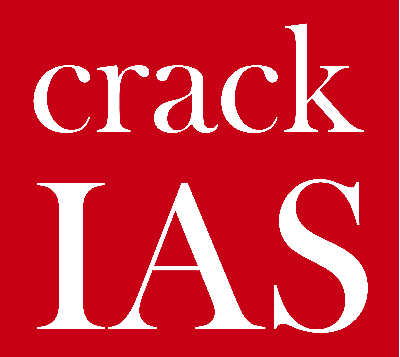
- Self-Study Guided Program o Notes o Tests o Videos o Action Plan

‘Operation Cactus’, the code name for India’s military intervention in the Maldives in 1988, following an attempted coup d’état against the government of President Maumoon Abdul Gayoom and his request for help, was spontaneous and swift. But its finale, in mid-ocean, was a rescue operation that had a thorny side to it.
On learning about the swift landing of an Indian Army parachute brigade at Hulule airport adjacent to the island capital of Male, the mercenaries of the Sri Lankan rebel group, the People’s Liberation Organisation of Tamil Eelam (PLOTE), ran for cover after randomly grabbing people from the mainland and holding them hostage on board a hijacked merchant vessel, MV Progress Light, that had been anchored in Male harbour. Among this motley group of seven hostages was a Maldivian cabinet minister and his mother-in-law. As the hijacked ship moved out of Male harbour, the Indian rescue plan fell into place equally swiftly. Unknown to the rebel leader on board the ship, a high speed Indian Navy Task Force led by the naval ship, INS Godavari, and with Captain Gopalachari in command, was fast closing in.
With drama unfolding on the high seas, the Indian Navy War Room in New Delhi was tense; monitoring every move there was Prime Minister Rajiv Gandhi. The Swiss Ambassador to India was also there as one of the hostages, and the only woman was a Swiss national (the mother-in-law of the Minister mentioned earlier). The mission before the Navy’s Task Force Commander was certainly difficult — to rescue the hostages without a scratch and capture the rebels.
As dawn broke the next day, the rebels were startled to see the imposing warships that had stealthily encircled their ship during the night. Confused and agitated, they refused to negotiate and tried to steam ahead, full speed. Their intent was to seek refuge in Sri Lanka, which the warships confirmed after closely monitoring their radio transmissions.
After hours of inaction came the bombshell. Diplomatic and the Indian Navy’s channels had received a terse message on the hotline from the Sri Lankan Navy. It read:“The SLN [Sri Lankan Navy] has been directed by its Government to destroy the rebel ship if it approached within 100 miles of the Sri Lankan coast.”
This strange twist could ruin everything as any attempt by the Sri Lankan Navy to intervene could have compromised the safety of the hostages. The Navy’s Task Force Commander aboard INS Godavari received a simple and clear message: “Stop ‘Progress Light’.”
Captain Gopalachari rose to the occasion and quickly improvised on the art of coercive diplomacy. Using his linguistic skills to good advantage, he managed to engage the rebel group leader in a series of friendly negotiations, all the time making sure that the warships provided a visual and persuasive demonstration to the rebels of what was in store.
After a while, it was time for decisive action as the negotiations had begun to flag. A four inch shell from another accompanying naval vessel, INS Betwa, shattered the foremast of Progress Light. Then, gunfire raked the hijacked vessel’s upper deck, knocking out its anchors. Finally, a massive undersea explosion from a depth charge dropped by a helicopter on board INS Godavari brought the rebel ship to a shuddering halt. Before the dazed rebels could realise what had happened, the Navy’s commandos stormed the vessel and established control. It was all over in minutes.
Far away from the scene of action, relief swept through the Navy’s War Room. The encrypted message relayed mid-sea back to Delhi was: “All hostages rescued and rebels captured.”
Rajiv Gandhi seemed elated as he strolled across to Indian Navy Chief Admiral J.G. Nadkarni. Giving him a pat on the back, he said in good humour, “I wonder if the Maldivian Minister will forgive the Indian Navy for rescuing his mother-in-law.”
Sushil Kumar was Director of Naval Operations in 1988, and later Chief of the Indian Navy
Receive the best of The Hindu delivered to your inbox everyday!
Please enter a valid email address.